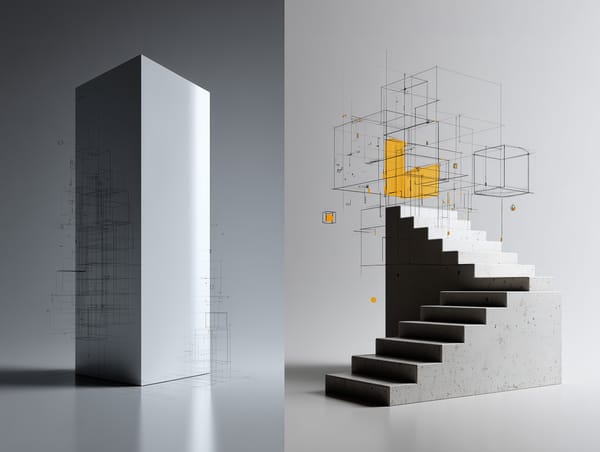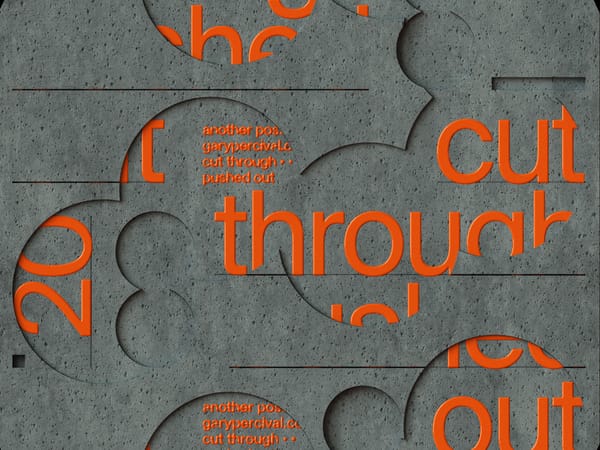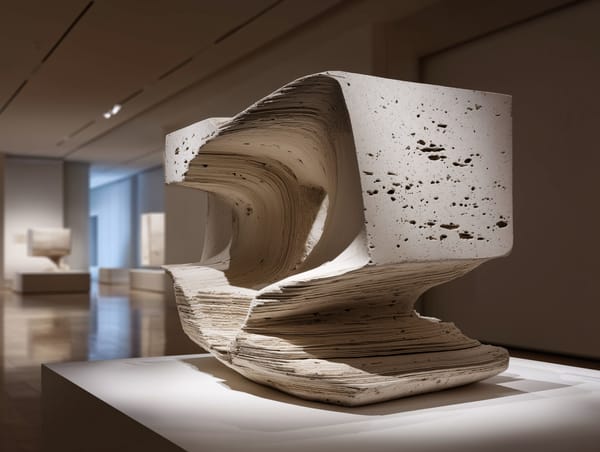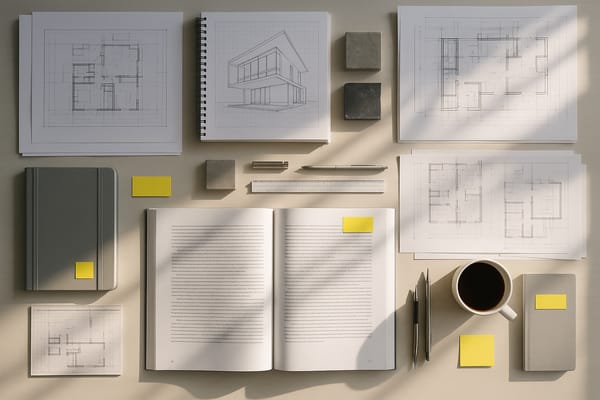Designing a Creative Life With Fewer Tabs Open
"Creative clarity comes from focus, not frenzy."
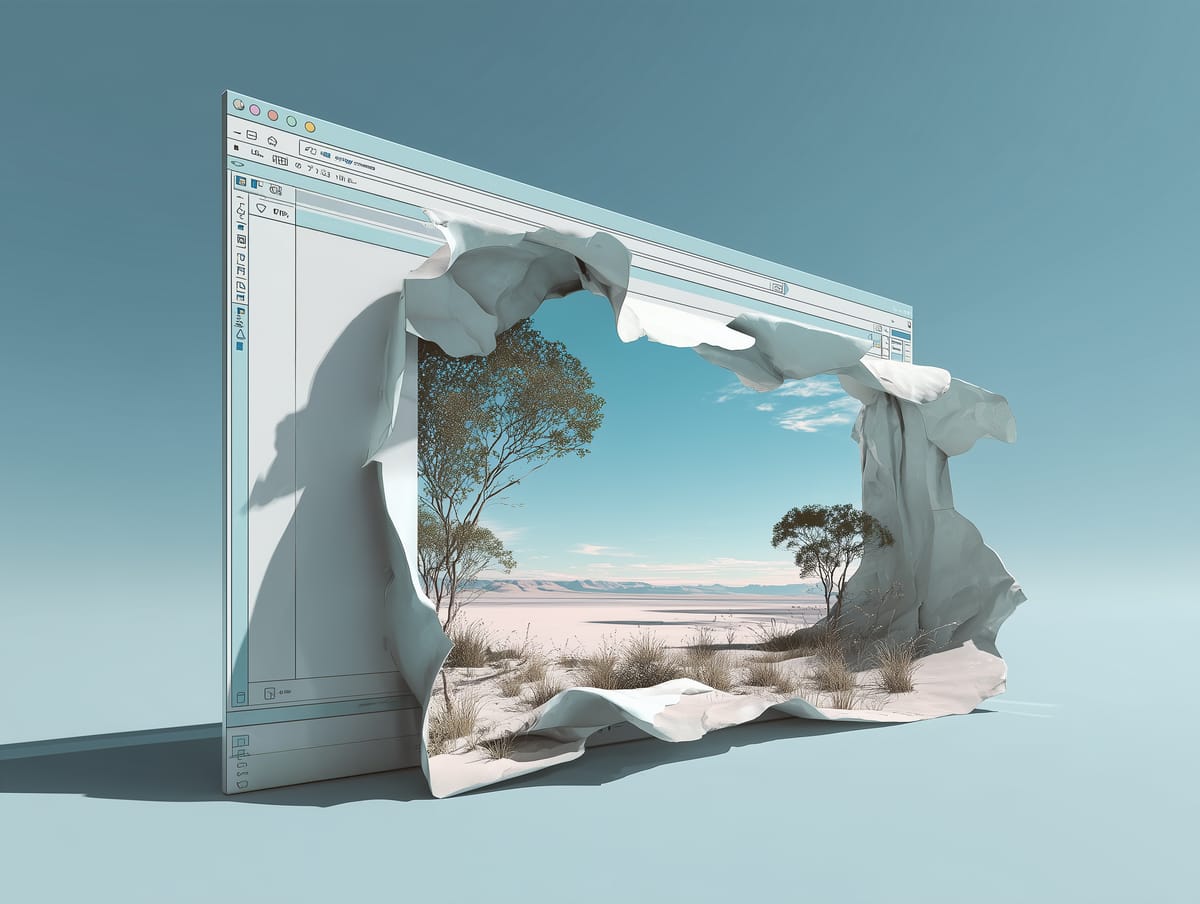
There’s a particular kind of fatigue that hits not when you’re working too hard, but when your mind is trying to focus on too many things at once.
It’s not just about the literal tabs open in your browser—though those can be overwhelming, too. It’s the metaphorical tabs: unfinished projects, unanswered emails, half-baked ideas, mental to-do lists, side hustles you’ve promised yourself you’ll start, and a dozen tools you’re supposed to be “leveraging.”
For many creatives, this feels normal. Part of the job. We tell ourselves this is just what a creative life looks like: juggling everything, responding to everything, trying everything.
But what if it’s not?
What if your best work—and your most sustainable career—comes not from doing more, but from doing less, with focus?
What if the secret isn’t another productivity hack… but simply learning to close a few tabs?
The Illusion of Infinite Capacity
Freelancers and creatives are some of the most multi-skilled people you’ll meet. A typical week might involve pitching, designing, writing, replying, invoicing, troubleshooting, and updating your portfolio—all before Wednesday.
But talent doesn’t equal infinite capacity.
Having the ability to do many things isn’t the same as having the space to do them well. When we try to keep everything active—mentally, digitally, emotionally—we slow ourselves down in subtle but exhausting ways.
We’ve all had that moment: your desktop’s cluttered, your browser has 36 tabs open, and you’re halfway through editing something when an idea for a new poster hits. Instead of finishing the edit, you chase the new idea, open a new tab, download a plugin, check your inbox… and forget what you were doing in the first place.
We confuse activity with progress. But the reality?
Creative clarity comes from focus, not frenzy.
The Cost of Mental Clutter
Every open loop drains energy. Every “maybe I’ll try this” or “I need to get back to that client” takes up space in your head—even if you’re not acting on it.
This is cognitive load. And it’s a creativity killer.
The more mental tabs we keep open:
- The harder it becomes to enter deep creative flow.
- The easier it is to get distracted.
- The more likely we are to feel scattered or behind—even if we’ve been “busy” all day.
This isn’t about working harder. It’s about working cleaner. With fewer interruptions. Fewer loose ends. Fewer distractions pretending to be opportunities.
You don’t need to respond to every idea. You need to choose the right ones—and give them room to breathe.
Why Creatives Struggle to Close Tabs
So why do we keep so many tabs open—physically, mentally, emotionally?
Here are a few common culprits:
Fear of Missing Out
That new tool. That AI trend. That call for submissions. That competition.
Creatives often live in a low-grade state of FOMO—afraid that if we close a tab, we might miss something big.
But if everything’s urgent, nothing is. And if everything’s open, nothing gets finished.
Belief That More Options = Better Work
We collect references, brainstorm endlessly, and develop multiple directions for a project because we believe it leads to stronger outcomes.
And early on, it does.
But after a certain point, it becomes noise. Your job isn’t to show every option. It’s to back an idea and give it the attention it needs.
Anxiety Disguised as Productivity
Sometimes, staying busy is a way to avoid uncertainty. It feels better to be “researching” or “preparing” than to commit.
But spinning in circles isn’t moving forward. A full to-do list can be a very tidy form of procrastination.
Designing a Life With Fewer Tabs Open
You don’t need to change everything overnight. This isn’t about becoming a minimalist monk. It’s about making space—mentally and physically—for the work that matters.
Here’s how.
Create a ‘Maybe Later’ Folder
Every idea doesn’t need to be pursued now. Get those mental tabs out of your head and into a holding space.
Create a folder—digital or physical—called “Maybe Later.” Let it hold half-formed ideas, side projects, and visual references. That way, you don’t lose the idea, but you don’t carry it around either.
Block Time for One Thing at a Time
Pick one project. Set a timer. Shut everything else.
One tab. One tool. One task.
Even an hour of focused work is worth more than three hours of tab-hopping.
Define Your ‘Active Projects’
You don’t have to finish everything you’ve started. Take inventory.
What’s important now? What’s gathering dust? What could you close with a clean “this isn’t a priority”?
Define your 1–3 key projects and give yourself permission to let go of the rest—even temporarily.
Schedule Time to Think
Creative clarity needs white space.
Build in time to walk, sketch, read, or just stare out the window. Ironically, the fewer inputs you allow, the more original your ideas become.
Get Comfortable With Not Knowing
Part of why we keep tabs open is because we want certainty. We want to be ready.
But creativity lives in the unknown.
When you accept that not everything needs solving now, you gain the freedom to focus on what’s here.
And what’s here is often more than enough.
The Real Reward: Depth Over Distraction
We live in a culture of surface-level engagement—scrolling, switching, reacting. That kind of input rewires us for distraction.
But meaningful creative work—the kind that moves people, the kind you’re proud of—requires sustained attention.
When you close tabs, you make room for:
- Deeper projects, not just quick outputs.
- Stronger ideas, not just clever ones.
- Real progress, not just the illusion of momentum.
In short: you make space for better work—and a clearer mind.
A Creative Life Isn’t Just About What You Make
It’s about how you live.
And living with fewer tabs open isn’t just good for productivity—it’s good for your well-being, your energy, and your confidence.
You stop feeling like you’re always behind. You stop chasing every “next thing.” You start building momentum—not from rushing, but from focus.
Final Thought
Your creativity doesn’t need more tabs.
It needs more space.
The clarity to choose your next move. The time to finish what you started. The courage to close loops—and trust that what matters will find its way back to you.
So pause. Breathe.
Ask yourself: What am I carrying that I don’t need to?
Then start closing the tabs.
One by one.
Your future creative self will thank you.
